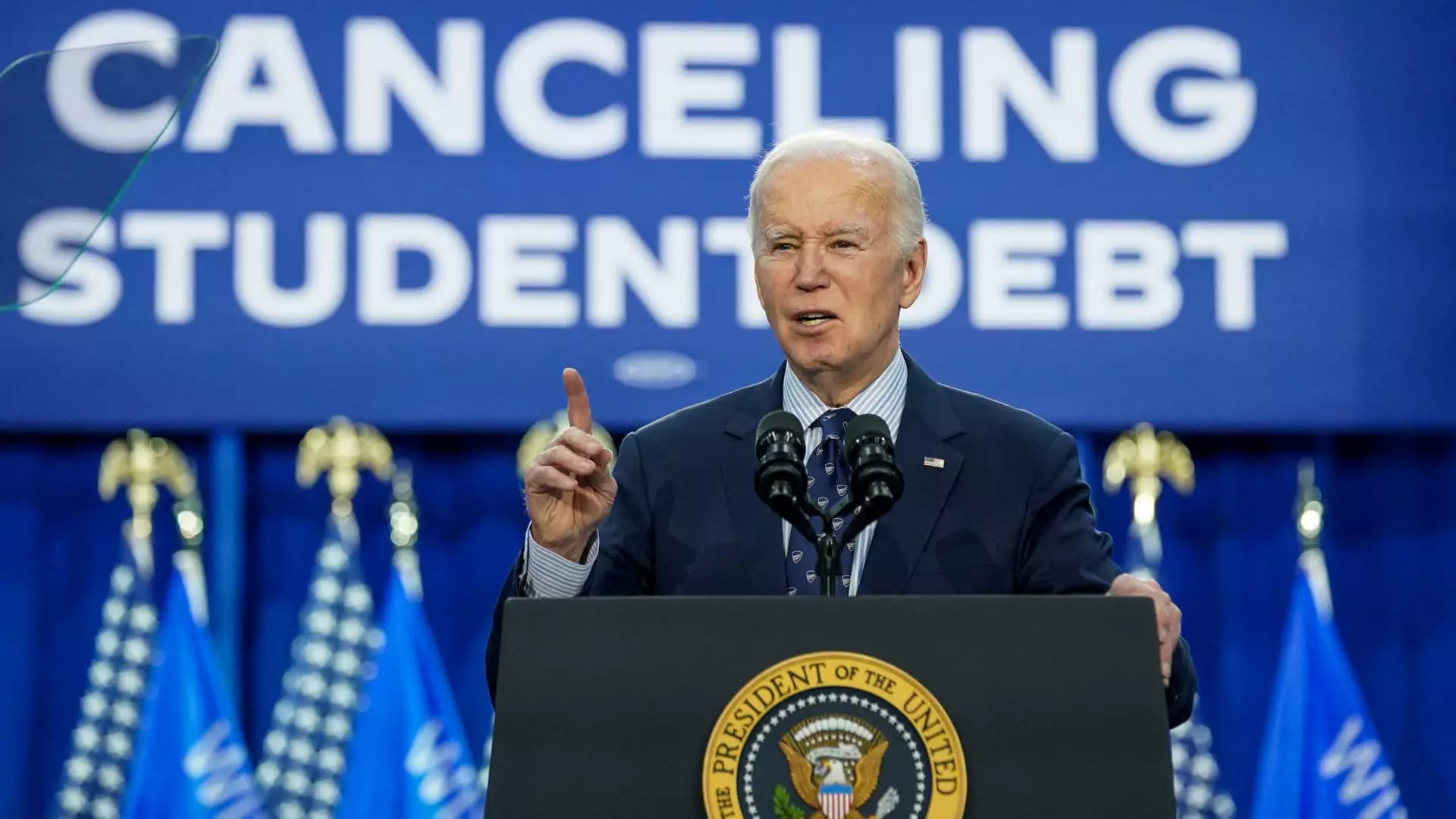President Joe Biden recently shared his Plan B for student loan forgiveness, which included a vision to provide free community college education to students. However, many experts argue that loan forgiveness is merely a temporary solution to the larger issue of college affordability. While loan forgiveness may benefit those with existing debt, free college appeals to a broader population by removing cost as a barrier to higher education.
Critics have questioned the effectiveness of President Biden’s focus on loan forgiveness, arguing that it oversteps his authority and only aids graduates with existing education debt. Ryan Morgan, CEO of the Campaign for Free College Tuition, describes loan forgiveness as a temporary fix rather than a permanent solution. This snapshot in time approach fails to address the root cause of rising college costs.
Despite the federal government’s struggles to implement free college programs, many states have taken matters into their own hands. A total of 35 states have already established some form of tuition-free programs, often in the form of “last-dollar” scholarships. While these programs cover remaining tuition costs after financial aid and grants, they do not address fees, books, or room and board expenses.
Community college is often viewed as a cost-effective stepping stone to a four-year degree. However, recent reports show that only 16% of community college students go on to attain a bachelor’s degree. Critics argue that focusing solely on tuition fails to address the additional costs that burden lower-income students. While two-year public schools are more affordable, they do not guarantee a pathway to a four-year university.
Among state-based programs, the New Mexico Opportunity Scholarship Act stands out as a comprehensive tuition-free scholarship initiative. This program not only benefits recent high school graduates but also includes returning adult learners, part-time students, and immigrants regardless of their immigration status. By covering a wide range of students, this scholarship aims to make higher education more accessible.
Since the implementation of tuition-free programs like the New Mexico Opportunity Scholarship Act, college enrollment in the state has increased by nearly 7%. This positive trend indicates that students are eager to pursue higher education when financial barriers are removed. By focusing on total cost coverage, these programs help students access the resources they need to succeed.
While President Biden’s Plan B for student loan forgiveness may offer temporary relief to some graduates, the focus on free college education presents a more sustainable solution to the college affordability crisis. By examining the strengths and weaknesses of existing programs, policymakers can work towards creating more inclusive and comprehensive tuition-free initiatives nationwide.

Leave a Reply